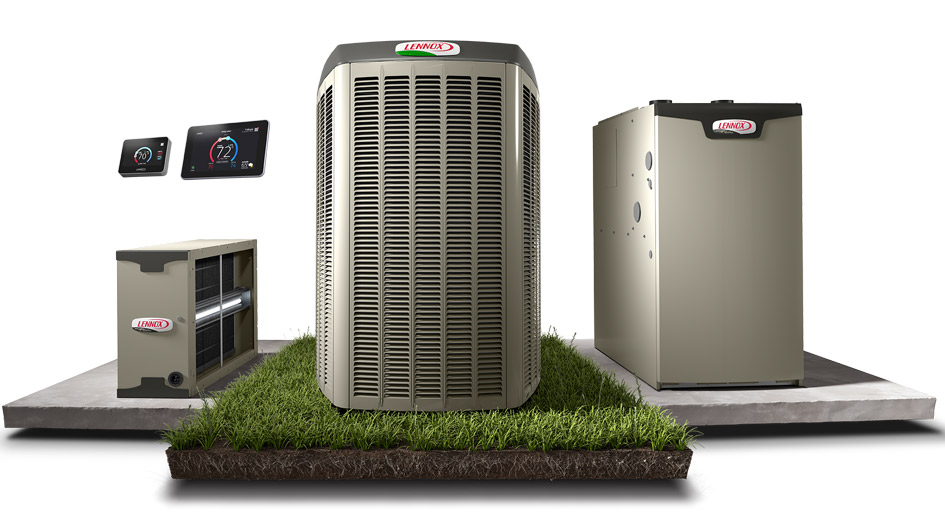
A quality HVAC system is vital for a comfortable and energy-efficient home, but it’s also a significant investment. Every homeowner deserves the most efficient comfort solutions possible, which is why HVAC rebates are so worthwhile. They can help make sure high-efficiency furnaces, air conditioners and other equipment is more budget friendly.
HVAC efficiency standards are going up next year, so now’s a great time to compare your options. Various companies, organizations and even government entities are extending rebates in 2023 to help everyone procure a new, high-efficiency HVAC system.
Rebates for High-Efficiency Furnaces
Lots of manufacturers of high-efficiency furnaces offer rebates toward buying a new system. These furnaces feature energy-efficient components such as variable-speed blower motors, which allow the thermostat to fine-tune how much heating is generated. It’s an easy way to reduce energy use overall. Local utilities also offer furnace rebates since less energy use means less strain on the local energy grid.
The government’s ENERGY STAR® program is also useful for securing a furnace rebate. You can type in your ZIP Code to learn which rebates you might be qualified for. Equipment featuring the ENERGY STAR® rating means it meets your region’s standards for energy-efficient performance.
Air Conditioner Rebates
Many of the same rebates for high-efficiency furnaces are also applicable to air conditioners. You can save hundreds on new installation for a system from a leading brand such as Lennox. Just talk to your local utility companies to find out which makes and models are entitled. In addition, you can easily bundle federal and local rebates for even greater savings. Don’t hesitate to learn what's out there, because it can quickly add up to 10% of a new, high-efficiency air conditioner
Potential Rebates for Smart Thermostats
A smart thermostat is an incredibly valuable upgrade to your home comfort system. With intelligent programming, you can optimize the daily schedule. Utility companies appreciate this kind of efficiency, and so most extend rebate programs for new smart thermostats. In time, these rebates effectively allow you to get a free smart thermostat!
Your utility companies also provide programs where they exchange lower rates for the capability to access your thermostat during peak energy use. This helps minimize strain on the grid, namely when heat waves or cold fronts arrive. When registered in this program, your thermostat may automatically be adjusted by a few degrees.
Additional Ways to Save: Tax Credits for Energy-Efficient Equipment and Home Improvement Projects
Somewhat different from rebates, tax credits are also promoted for the purchase and installation of energy-efficient HVAC systems. For example, the Inflation Reduction Act restarted a program in 2021 that supplied credits for up to 10% of the project’s cost. The new credits are now worth 30% of the cost and may be claimed each year as opposed to only once. These credits are available for a much larger variety of projects, like home energy audits, electrical, insulation, ventilation, and even your doors and windows! The programs are fashioned to provide the most benefits for lower-income households, maximizing the improvements to HVAC efficiency across the country.
New Legislation for Heat Pump Rebates
The recently passed Inflation Reduction Act included separate legislation called the High-Efficiency Electric Homes and Rebates Act, or HEEHRA. This incentive is particularly aimed toward heat pump technology, which transfers heat instead of creating it by combusting fuel. To encourage more people to transition to this energy-efficient comfort system, these rebates are substantially higher versus incentives for AC units and furnaces.
If your household’s income is less than 80% of the local median, you could use the rebates to cover 100% of the costs of a new heat pump. Households making 80-150% of the average income can take care of 50% of equipment and installation costs.
